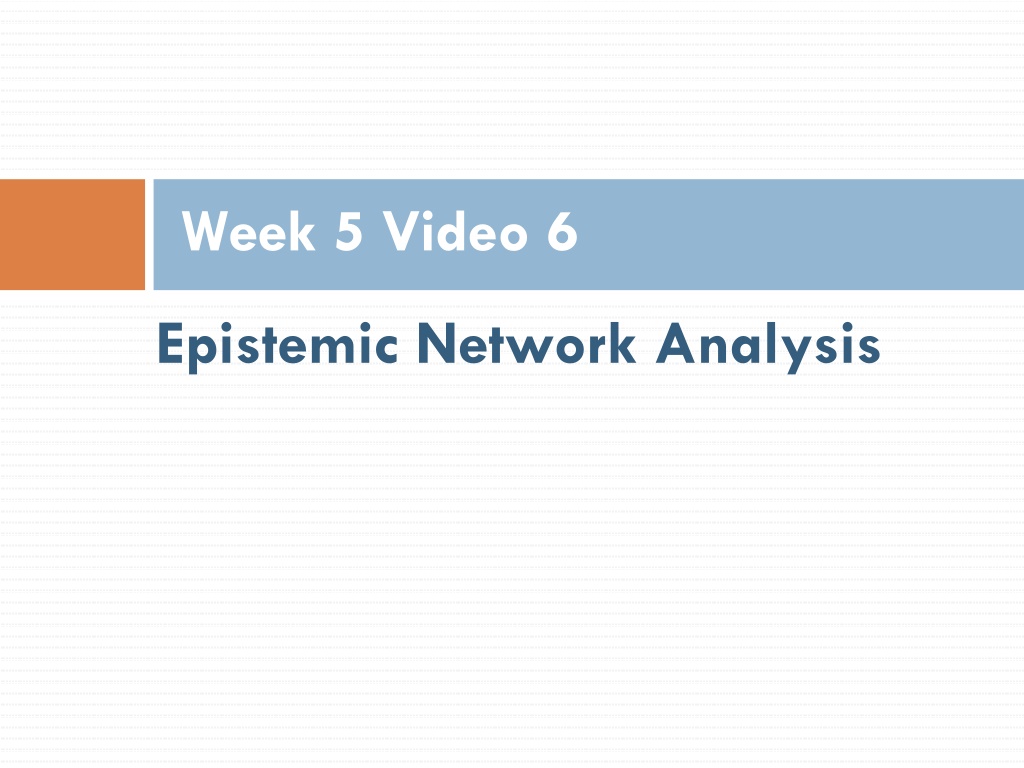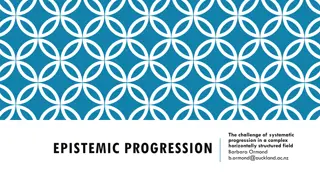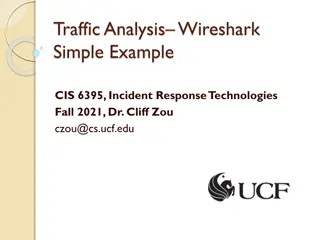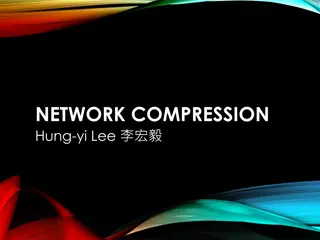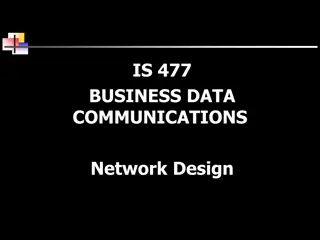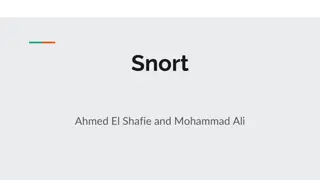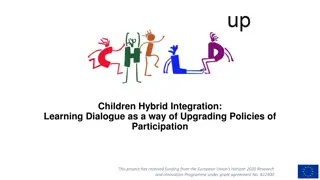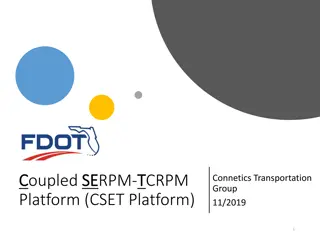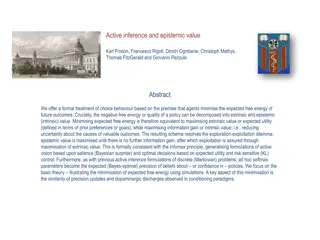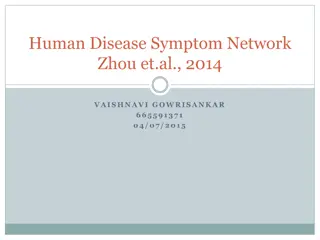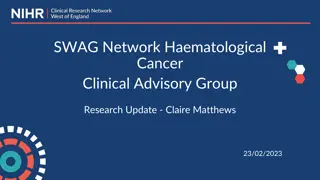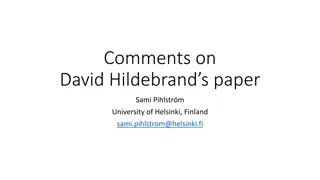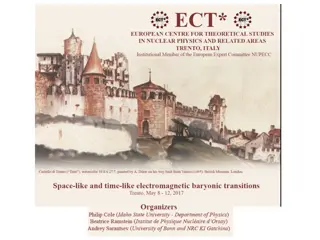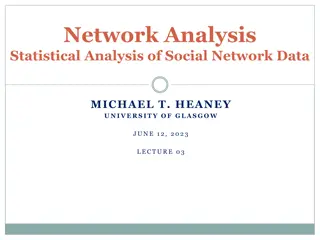Epistemic Network Analysis in Data Studies
Epistemic Network Analysis (ENA) is a method for studying relationships between elements in coded data with various applications. It involves analyzing nodes as occurrences of codes and links as co-occurrences of codes. Using examples like analyzing quitting behavior in a game, ENA can compare groups in data and interpret graphs to glean valuable insights. The International Conference on Quantitative Ethnography is a prominent platform for discussions centered around ENA methodology.
Download Presentation

Please find below an Image/Link to download the presentation.
The content on the website is provided AS IS for your information and personal use only. It may not be sold, licensed, or shared on other websites without obtaining consent from the author.If you encounter any issues during the download, it is possible that the publisher has removed the file from their server.
You are allowed to download the files provided on this website for personal or commercial use, subject to the condition that they are used lawfully. All files are the property of their respective owners.
The content on the website is provided AS IS for your information and personal use only. It may not be sold, licensed, or shared on other websites without obtaining consent from the author.
E N D
Presentation Transcript
Week 5 Video 6 Epistemic Network Analysis
Todays Class Epistemic Network Analysis
Epistemic Network Analysis (ENA) (Shaffer, 2017) Studying relationships between elements in coded data Lots of applications Conference founded around this method (in large part) International Conference on Quantitative Ethnography
Nodes and links Nodes = occurrences of the codes Links = co-occurrences of the codes
Lets start with an example Chosen primarily because I understand it well
Analyzing Quitting Behavior (Karumbaiah et al., 2019) Comparing students who quit a level in the game Physics Playground to students who do not quit a game level In terms of the gameplay actions each group of students makes
Nodes and links Nodes are behaviors Links represent when a player demonstrates both behaviors in one session playing one level
Nodes and links When red students draw.freeform, they also erase Less commonly, when they draw.freeform, they also nudge When green students draw.freeform, they also ramp Less commonly, when they nudge, they also ramp
Comparing groups in data In this case, red= people who quit a game green = people who do not quit
Can Compare Graphs Between Contexts (here: game levels)
Interpreting the graphs in (Karumbaiah et al., 2019) Can seem tricky Very powerful when you dig into the graphs
Key Themes identified by Karumbaiah et al. (2019) Identifying Key Action Missing Identification of Supporting Objects Over-reliance on Nudge Limited Early Action Expansion and Later Action Convergence
Identifying Key Action Indicates their lack of conceptual understanding of Physics
Over-reliance on Nudge Indicates potential wheel spinning tendencies
Limited Early Action Expansion and Later Action Convergence Need Fulcrum
Note We looked at these graphs qualitatively, but statistical analysis of differences is possible too Is link A stronger than link B? Is link Q stronger in group R or group S?
Studying connections between topics in meetings over time (Nash & Shaffer, 2013)
Studying Process of Successful and Unsuccessful Teams (Arastoopour et al., 2016)
Exploring Shifts in Student Identity over Time (Barany & Foster, 2019)
Important setup questions What makes a relationship stronger ?
Important setup questions What are your codes? How did you derive those codes? Behaviors in data Text mining Hand coding Hand coding THEN text mining (nCoder+) (Cai et al., 2019) Collaborative mixed-initiative human-machine coding (Codey) (Choi et al., 2022)
Important setup questions Which codes do you display? What are your aggregation units (stanzas)? Everything a learner does together Everything a learner does on a specific level together Everyone in a group of learners/team Everything in a piece of content Everything in a meeting
Referred to as Stanza-Based Interaction Data (Shaffer et al., 2016) A set of objects The way they relate to each other Grouped into a set of stanzas That reveal evidence about the relationships between the objects 1. 2. 3. 4.
Important setup questions One-directional relationships or bi-directional relationships? Usually bi-directional, but some work looks at one- directional relationships over time (Karumbaiah & Baker, 2020)
Important setup questions What do the X and Y axes mean? Typically determined empirically by collapsing the feature space using SVD, singular value decomposition Similar to factor analysis (week 7) This approach can make X and Y hard to interpret but best splits out the variables visually
ENA Important method, growing in scope and community applying it
Knowledge Graphs/Spaces Another key application of network analysis We will discuss next week
Next week Structure Discovery
